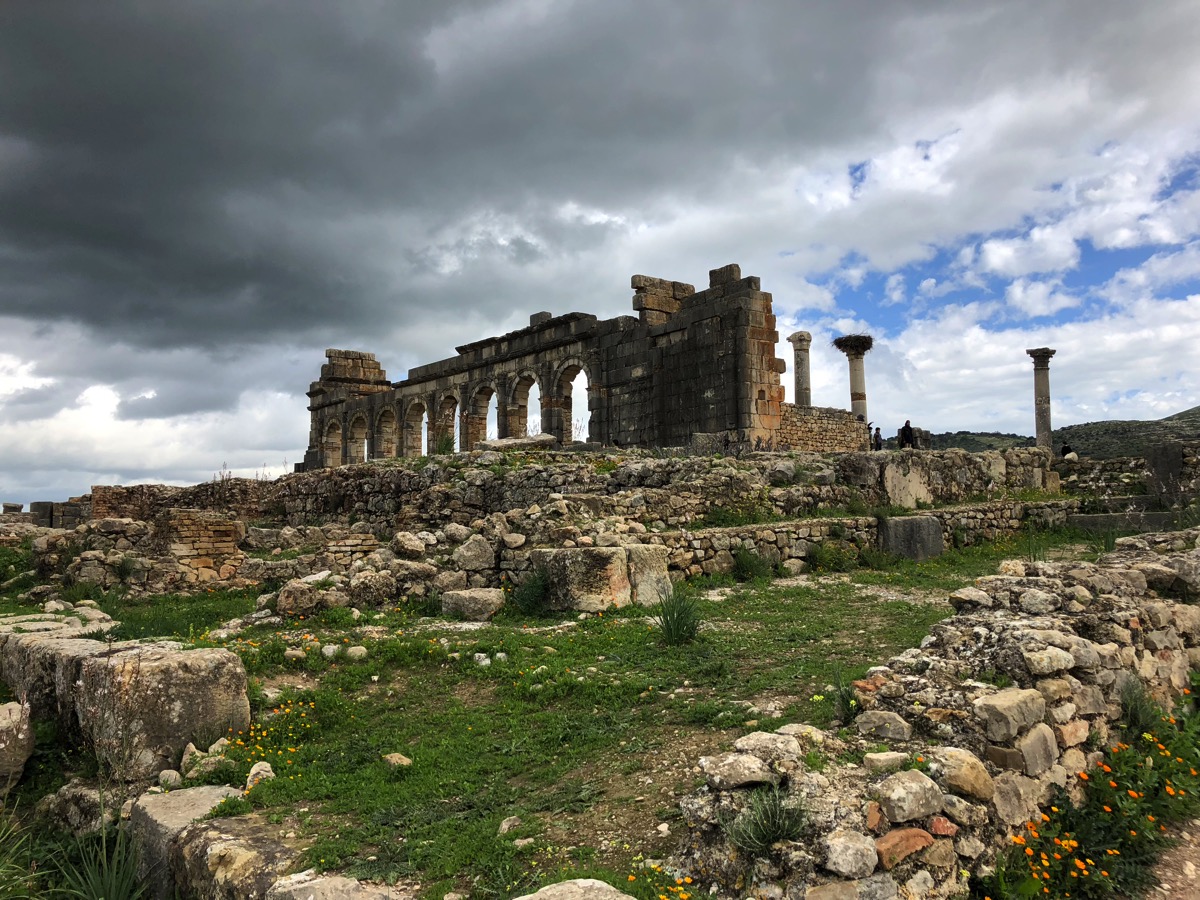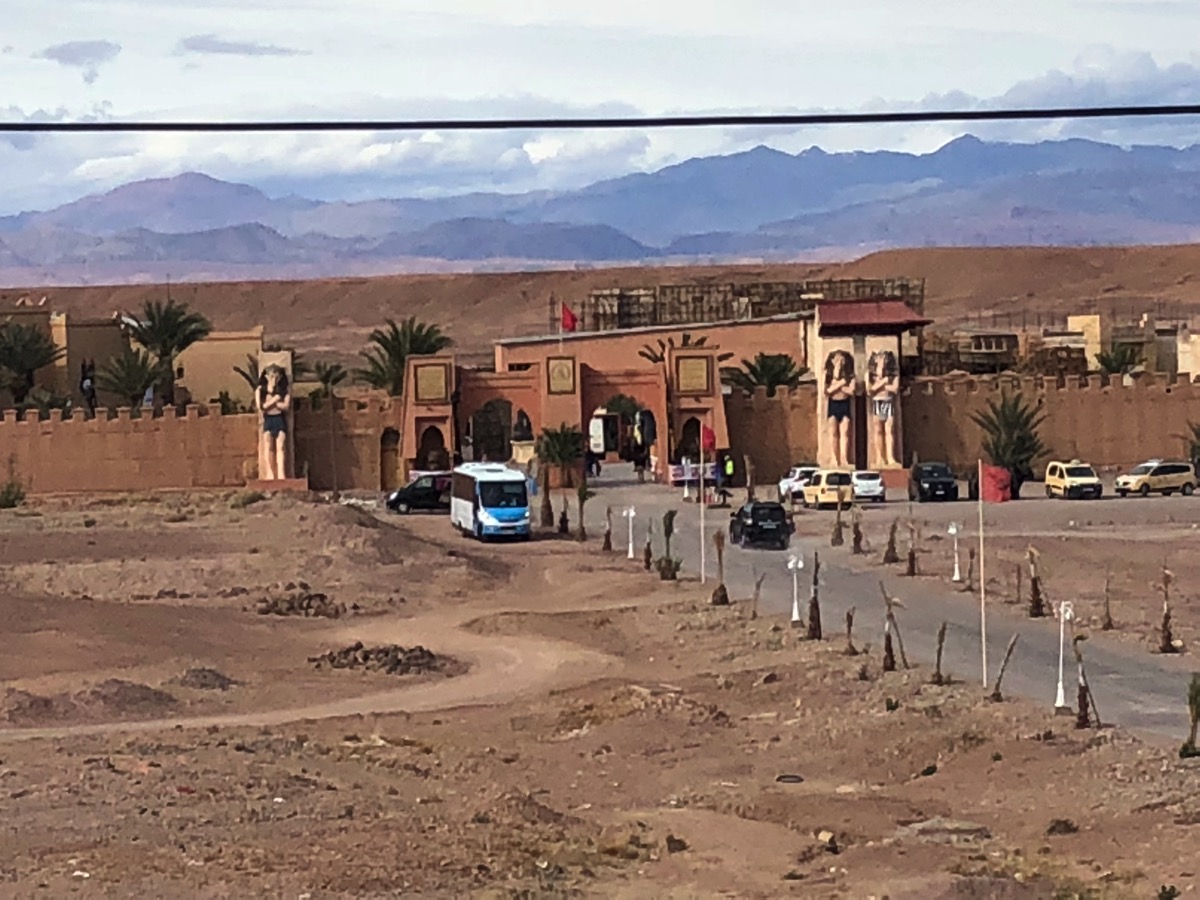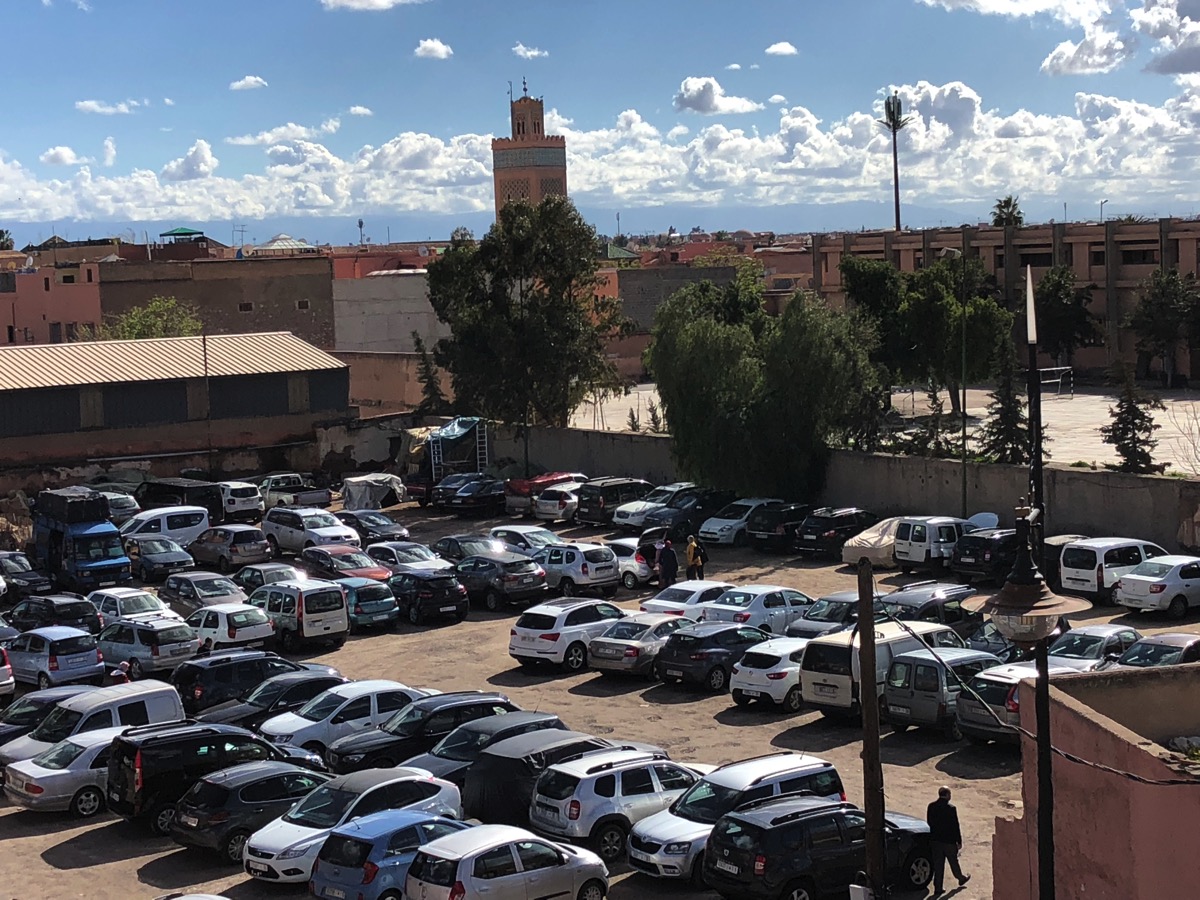I am back from our trip to Morocco, and have mostly caught up with my sleep and the hundreds of emails that had accumulated. I did have my iPhone along, but needed to respond to only a couple of timely messages. The trip taught me I can hit the “unsubscribe” link without missing anything important. It was a great trip. Morocco is very interesting. An Arab country, with remnants of old cultures—Roman, Jewish, Berber—mixed into a modern setting. We went from a few days of camping in the Sahara to snow-covered mountains in only a few hours drive. Here are a few photos showing the range of cultures: A Roman settlement (Volubilis); a weaver using an ancient loom, producing beautiful fabrics; a movie studio that has produced some of the films we have seen; and the taxi pool in Casablanca where the traffic congestion is just like that at home.




Ethics applies to actions within some institutional context, that is, in a structure constituted by some set of rules and norms, and to the institutional role or roles we are playing. In any isolated institution that has existed for sometime, conflicts among rules and norms have probably been worked out by previous adjudications and modifications of the rules. The prescriptions and proscriptions will have been made clear, and have been rationalized to avoid contradictions. Affordances (norms that afford choices) do not pose ethical problems as they are designed to be selected according to the actor’s preferences. The first two classes of strict rules provide standards to judge actions that deviate from known norms.
Ethical dilemmas arise from two sources. The first arises from the fact that most of the time, we are playing more than one role, and abiding by the rules of multiple institutions. Adults are always citizens of nested political jurisdictions, from the national government down to state and local levels. Everyone is part of a family, by birth, marriage, or other arrangement. Many belong to some religious institution with its many rules of behavior. We carry the rules of all these institutions in our left-brain where they have come to roost either from direct teaching or the explication of past experiences. The rules and norms of these three institutional contexts are always with everyone and frequently create conflicts. Most adults also identify themselves with work, but this domain of action does not have over-reaching rules in the same sense as does religious or governmental institutions.
I do not believe that there is anything we can call human nature as related to the possession of any innate set of rules of action. Our ethical resource is entirely constituted by the combined set of rules and norms we have acquired by experience and by our past experience in resolving conflicts among these sets. From an ethical perspective we are born with a tabula rasa–a blank slate. The differences in general behaviors from nation to nation, even to subdivisions within nations can be ascribed to the differences in the set of norms stored in the typical left-brains, representing shared experiences. Whoa, many readers might claim that this explanation ignores our inherent human nature. Before you are quick to dismiss this argument, there is another process at work. The right-brain has something to say as well as the left does.
The right brain captures the immediate situation as an organic whole without reducing it to some set of rules. The left-brain will offer up some course of action based on the rules, but the right can opt to over-ride it, based on its empathetic sense of the immediate situation. The body of rules, based as they are on generalities derived from past experience, ignores the particular situation of the central target of attention, whether human or non-human. It is up to the right side and its capability for empathy to pick-up the particular context of the situation, and choose to act in accordance with it, perhaps creating the action from whole cloth. This model of the brain-in-action helps explain a number of the cases we examined in which the actor appeared to act out of some universal innate humanity.
The absence of empathic exceptions to the rules in many, if not most, cases of institutional behaviors argues against any universal human nature. The stronger the institutional norms have been implanted in the left-brain, the harder it will be for the right to over-ride them. This helps to explain the brutal behaviors in Nazi Germany and the return to some level of normality following the war. The potential of the right is always present, but can and has been dominated by the left since the modern era began. Iain McGilchrist, the proponent of the divided brain model, argues that the culture of modernity and its individualistic norms is the result of just such a development. Fortunately, it is reversible.